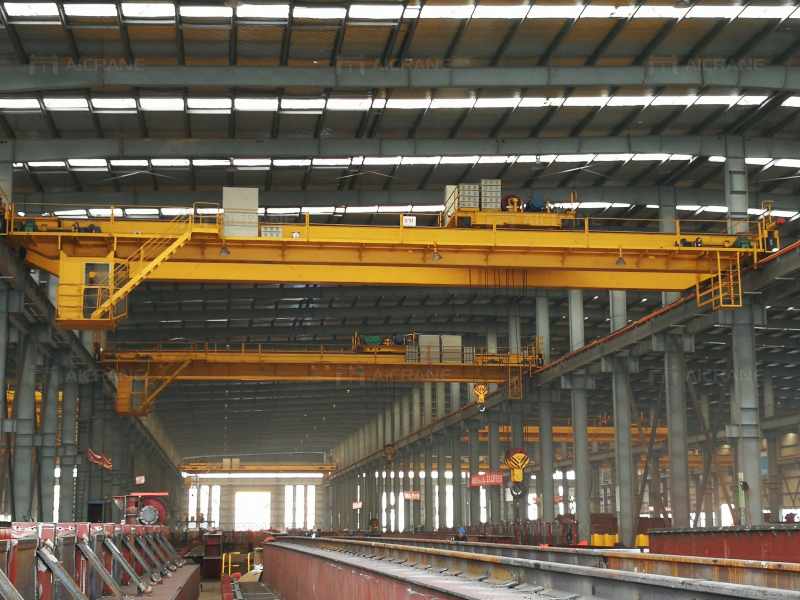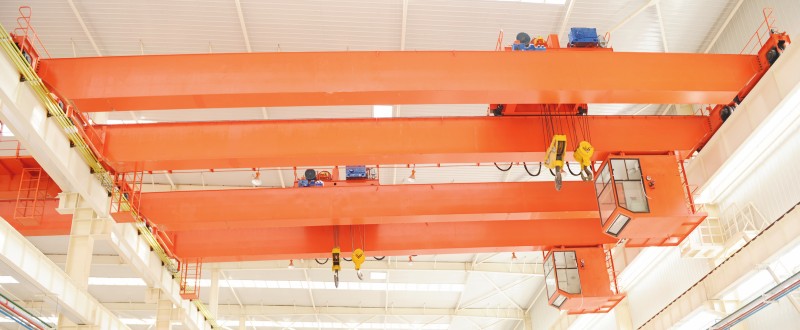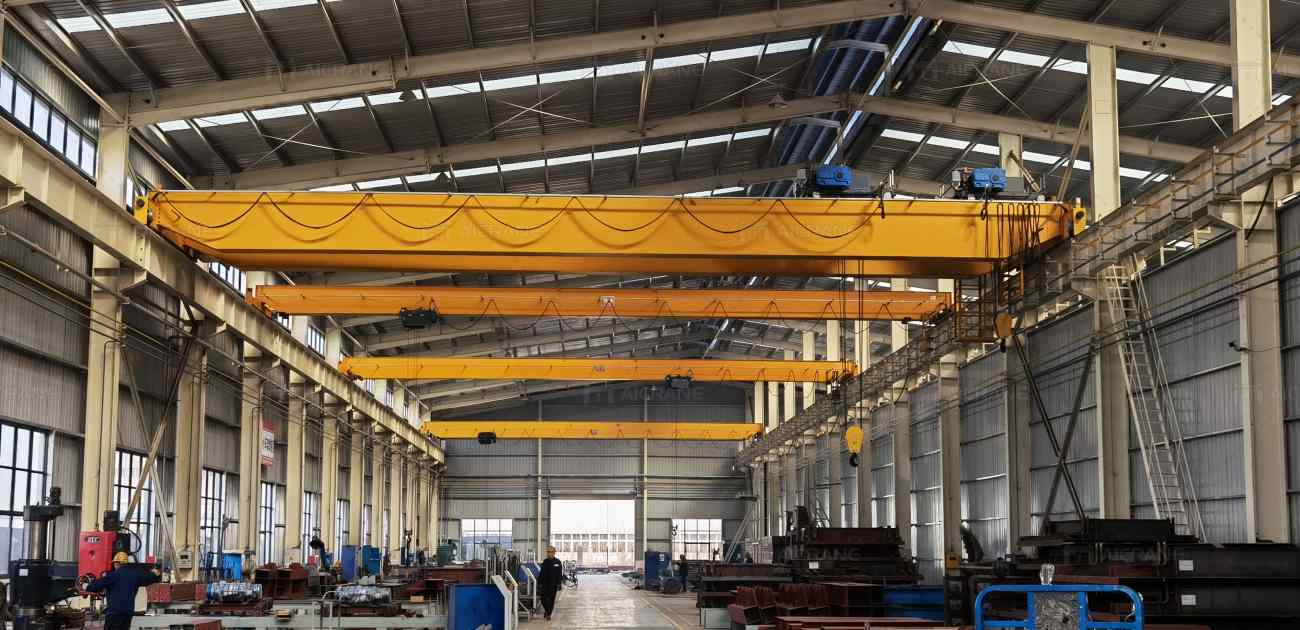The global market for 40 ton bridge crane is poised for significant growth in 2025, driven by advancements in technology, the expanding industrial sector, and an increasing emphasis on infrastructure development worldwide. As industries strive for efficiency and sustainability, the demand for robust, high-capacity lifting solutions such as 40 ton bridge cranes has surged. This article delves into the major trends shaping this market, examining factors like regional growth, technological innovations, sustainability, and evolving customer requirements.

Market Growth Drivers
- Industrial Expansion:
Rapid industrialization in emerging economies is a primary catalyst for the increasing demand for 40 ton bridge cranes. Countries like India, China, and Brazil are investing heavily in sectors like manufacturing, steel production, and logistics, creating a thriving market for heavy-duty lifting solutions.Established markets in North America and Europe are also seeing steady demand, particularly for replacing outdated equipment with modern, efficient cranes.
- Infrastructure Development:
Governments globally are prioritizing large-scale infrastructure projects, including bridges, highways, and airports. These initiatives often require heavy lifting equipment, with 40 ton double girder bridge cranes playing a pivotal role.For instance, the Belt and Road Initiative in Asia and the Infrastructure Investment and Jobs Act in the United States have spurred growth in the crane market.
- E-commerce and Warehousing:
The rise of e-commerce has led to an explosion in warehousing and logistics. Many facilities are integrating high-capacity cranes to optimize storage and streamline operations, further driving demand for 40 ton bridge cranes.
Technological Innovations
- Automation and Smart Features:
Automation is revolutionizing the crane industry. Modern 40 ton bridge cranes are equipped with IoT (Internet of Things) capabilities, enabling real-time monitoring, predictive maintenance, and remote operation. Smart cranes improve operational efficiency, reduce downtime, and enhance safety, making them a preferred choice for forward-thinking businesses.
- Energy Efficiency:
As industries focus on reducing carbon footprints, manufacturers are introducing energy-efficient large overhead cranes with features like regenerative braking systems and optimized power consumption.These innovations not only support sustainability goals but also lower operational costs for end-users.
- Enhanced Safety Systems:
Safety remains a top priority in heavy industries. Advanced 40 ton bridge cranes now incorporate features such as anti-collision systems, load monitoring devices, and automatic fault detection, ensuring safer operations in demanding environments.

Regional Market Analysis
- Asia-Pacific:
The Asia-Pacific region dominates the global market for 40 ton bridge cranes, driven by rapid urbanization and industrialization. China and India are leading the charge, with significant investments in construction, manufacturing, and logistics.Southeast Asian nations, including Vietnam and Indonesia, are emerging as key players due to their growing infrastructure projects and industrial base.
- North America:
In North America, the market is characterized by technological adoption and the replacement of aging infrastructure. The United States’ focus on reshoring manufacturing and large-scale construction projects contributes to the steady demand for 40 ton bridge cranes.
- Europe:
Europe’s market growth is driven by the modernization of existing facilities and stringent regulations promoting safety and energy efficiency. Germany, the UK, and France are the leading markets in this region.
- Middle East and Africa:
The Middle East is experiencing robust growth due to ongoing megaprojects like NEOM in Saudi Arabia and Expo City in Dubai. In Africa, infrastructure development initiatives and the expansion of mining industries are boosting the market.
Sustainability Trends
- Green Manufacturing:
Manufacturers are adopting eco-friendly processes, such as using recyclable materials and minimizing waste during production.
- Carbon-Neutral Operations:
Many companies are transitioning to renewable energy sources for crane operation, aligning with global sustainability targets.
- Circular Economy:
The emphasis on a circular economy has led to innovations in crane refurbishment and recycling, extending the lifecycle of 40 ton bridge cranes.

Challenges and Opportunities
- Supply Chain Disruptions:
The global supply chain is still recovering from disruptions caused by the COVID-19 pandemic and geopolitical tensions. This has impacted the availability of raw materials and components for crane manufacturing. However, the adoption of localized supply chains and advanced inventory management systems offers opportunities to mitigate these issues.
- Cost Considerations:
High initial investment costs remain a barrier for small and medium-sized enterprises (SMEs). Over head crane manufacturers can address this by offering flexible financing options and leasing solutions.
- Customization Demand:
Customers increasingly demand tailored solutions to meet specific operational requirements. This trend presents opportunities for manufacturers to differentiate themselves through bespoke crane designs and services.
Future Outlook
The 40 ton bridge crane market is set to achieve robust growth in 2025 and beyond. With advancements in technology, a focus on sustainability, and increasing demand from emerging economies, the industry is ripe with opportunities. Manufacturers and suppliers who invest in innovation, customer-centric solutions, and strategic partnerships will be well-positioned to thrive in this dynamic landscape.
As industries continue to evolve, 40 ton bridge cranes will remain a cornerstone of heavy lifting solutions, enabling businesses worldwide to achieve greater efficiency, safety, and sustainability.